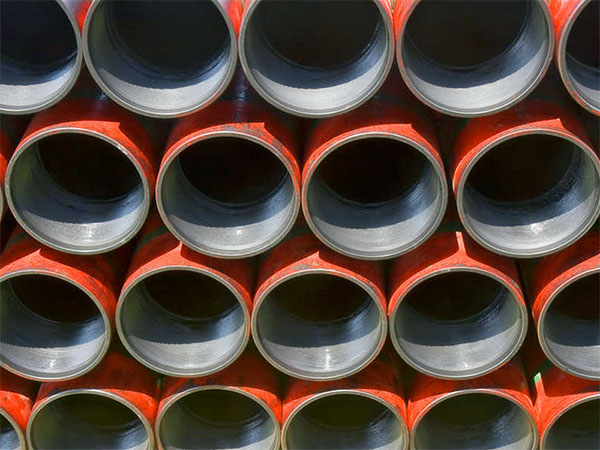
To select the appropriate oil pipe, a balance needs to be struck among strength, flow area and self-weight. The following comparison table summarizes several commonly used specifications in the industry:
|
OD (inches) |
OD (mm) |
Wall Thickness (inches) |
Wall Thickness (mm) |
Weight (lb/ft) |
Weight (kg/m) |
|
2⅜ |
60.33 |
0.203 |
5.16 |
4.7 |
6.98 |
|
2½ |
63.5 |
0.203 |
5.16 |
5.8 |
8.61 |
|
2⅞ |
73.03 |
0.276 |
7.01 |
6.4 |
9.49 |
|
3¼ |
82.55 |
0.276 |
7.01 |
8.2 |
12.15 |
|
3½ |
88.9 |
0.276 |
7.01 |
10.0 |
14.82 |
These parameters not only determine the flow characteristics of oil and gas (such as flow rate and pressure drop), but also affect the anti-burst and anti-collapse capabilities of the tubing. Correct selection can avoid excessive material costs while ensuring safety underground.
The advantages of API tubing
1. Standardization and interchangeability: API Spec 5CT stipulates strict requirements such as chemical composition, mechanical properties and thread size, ensuring that tubing produced by different manufacturers can be directly interchanged, simplifying inventory management and shortening the delivery cycle.
2. Achieving both flow efficiency and strength: High-grade alloy steels such as L-80 and C-90 have higher resistance to sulfide and carbon dioxide corrosion, and at the same time, they have higher yield strength, meeting harsh conditions such as deep Wells, high pressure, and high temperature.
3. Reliable threaded connection: API standard threaded types (such as EUE, EU) and other patented connection technologies can maintain a tight seal under high torque and cyclic loads, reducing the risk of leakage.
4. Perfect quality traceability: Each oil pipe has a heat number, material grade and thread marking. The production process includes multiple non-destructive tests and mechanical property tests such as ultrasonic flaw detection, magnetic particle testing, torque and flattening tests, making the quality traceable and reliable.
Application in Oil and Gas operations
Conventional production: Transporting oil and gas fluids from the bottom of the well to surface treatment facilities.
Water injection and secondary oil recovery: High-pressure injection of water or chemical agents to enhance oil recovery.
Workover and intervention: Acidification, perforation and deployment of downhole operation tools through tubing in the casing.
High corrosion and ultra-deep Wells: Alloy tubing with excellent resistance to sulfide stress corrosion and high-temperature performance, used in harsh formations.
How to Choose the right API Tubing
1. Formation conditions: depth, temperature, H₂S/CO₂ content and formation pressure difference.
2. Mechanical requirements: Tensile force during installation, production and cyclic loads, and bending moment caused by well inclined bending.
3. Production characteristics: Expected output, transportation of sand or solid particles, and subsequent stimulation operation requirements.
4. Cost-effectiveness: Under the premise of meeting performance requirements, evaluate material and processing costs and optimize the full life cycle input.
Conclusion
API tubing plays a crucial role in downhole oil and gas production due to its standardization, high performance and high-quality threaded connections. By rationally selecting pipe diameter, wall thickness and material grade, the operator can balance production efficiency and safety, and reduce the risk of unplanned well shutdowns. For more detailed technical support or customized solutions, please contact CENTRAL STEEL.